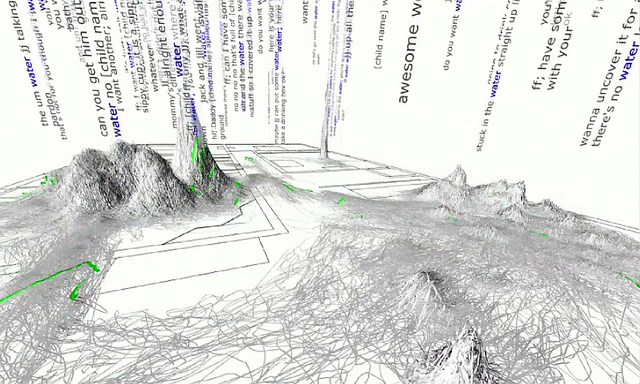Big Data is simple to understand. It is an arrangement of data that has existed, unused,for years, in a very systematic and easy-to-use manner. Big Data is collections of small details that can help in understanding issues being faced and opportunities available. It can do many other things as well, depending on what’s being targeted. In the recent years, Big Data has helped many of the giants in different industries to use the information they’ve gathered in a very productive manner.
The digital industry has made great strides in utilizing Big Data to improve the decision-making process. However, this contribution has largely been confined to large-scale businesses. Fear of expenditure and failure has kept small businesses from going for it. This is a usual trend in business- ‘Big fish experiments with and adopts new technologies. If the experiment is successful, smaller ones will follow.’ The giants have succeeded, and it is now the high time for small businesses to step up to the plate.
How Can Big Date HelpSmall Businesses?
With growth!
Growth is what small businesses strive for and this exactly what Big Data promises to bring. With well-analyzed data, business owners can understand those aspects of their business that were hithertounknown to them. This analysis can be about any number of factors: the response of customers to a specific product or marketing strategy; where the customers land on your website;at which points the potential customers leave the website;the performance and contribution employees make to the organization, and so on. All of these factors have a role to play in planning and in the decision-making process.
Big Data adds the requisite amount of information necessary to make smarter, more informed decisions, which can mean millions for business, or save them from wasting money and resources unnecessarily.
How can Small Businesses Use Big Data?
In business, go with a plan, or you are just pushing your luck, and Big Data is no exception. Here is a step-by-step plan to help your small business in utilizing the best opportunities available:
Step 1: Understand the problems that you want to solve. Increasing sale numbers may not be the aim of each business. The aim depends on the business you are in and the stage that you are currently in. So, before you dive further in the pool of Big Data, make sure that you know exactly what your business needs you to learn from the data.
Step 2: Check your data resources. You will get nothing if you are looking for Scooby Doo and Shaggy in the story of Cinderella. So, make sure that you have got the correct data resources to find what you need. With the correct data resources, I mean authenticity and truthfulness of the data.
Step 3: Look attools and cloud storage. If humans could do the job of analyzing Big Data efficiently enough, then it would have arrived some decades ago. In order to work with Big Data, small businesses will need a good amount of storage space.
Also, the analysis of this huge data may reveal many things that normal human efforts would miss. Fortunately, software is available for almost everything now,and finding the right software is just a little ‘google’ away. Another good thing is that a lot of the software is available for free. However, you might have to opt for the paid ones in some instances. But a small business must be sure that they really need those tools, before opting to make the payment.
Step 4: Be vigilant while inspecting and analyzing the data. It is nice that you are looking for precisely what you needed. But it can be even better if the data reveals somethingthat you never considered before. Be a little flexible with the aim. When you have the data, be open to new exploring new opportunities and insights.
Step 5: Respect Human Ideology. Big Data analysis is complex and, in many respects, goes far beyond that of the human intellect. But that does mean you can dismiss the human element. Big Data is effective in improving the future prospects, but only when a human is there analyzing the results and making the decisions, based on the data. Never forget that for a business to be successful, a futuristic view must be applied even when you trust the experiences of the past.
Final Note:
Big Data has brought remarkable results in predicting the future in the different fields. The introduction of Artificial Intelligence will make it even more powerful. It makes future perhaps a bit more predictable. At the same time, new ideas, innovations, and ‘out of the box’ thinking have by no means lost any their importance. To me the perfect future would be a perfect blending of Big Data and Big Ideas. This could be big to the future of small business.
Image credit: CC by Marius B




